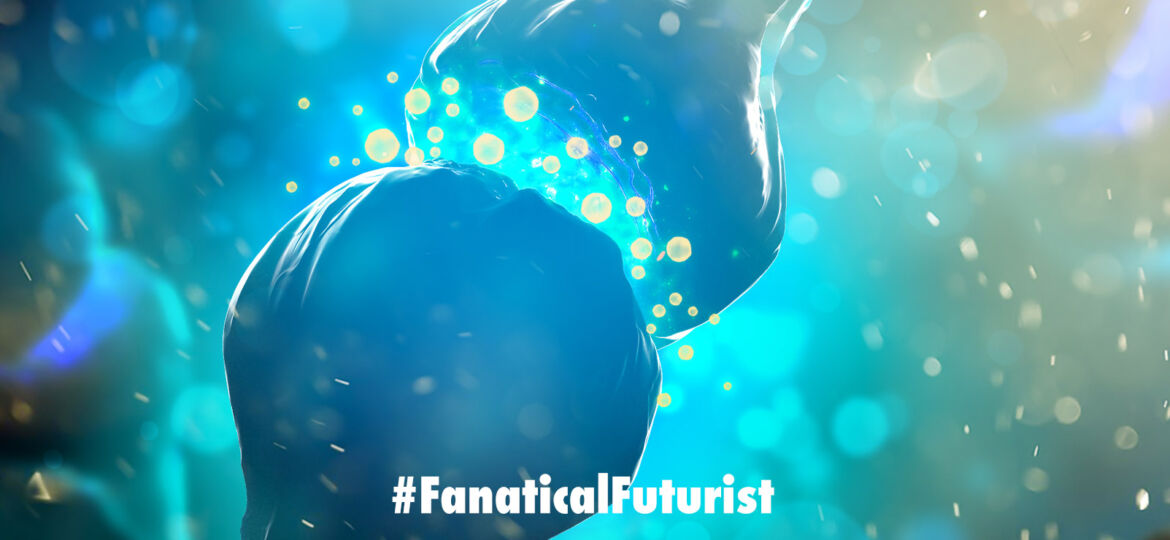
WHY THIS MATTERS IN BRIEF
As digital computing platforms become more advanced and our ability to embed technology into humans improves the next step is to link them both together.
 Interested in the Exponential Future? Connect, download a free E-Book, watch a keynote, or browse my blog.
Interested in the Exponential Future? Connect, download a free E-Book, watch a keynote, or browse my blog.
Over the past couple of years there has been a lot of talk about connecting people directly with Artificial Intelligence (AI) and other computing platforms so we can harness the best of both worlds, and there have also been dramatic improvements in creating new forms of computing platforms, like Neuromorphic computers, that use revolutionary brain inspired computer chips to help them do amazing things using minimal amounts of electricity.
So, with more and more companies getting interested in the space, from Elon Musk’s Neuralink which have developed a new invasive Brain Machine Interface (BMI) to let “humans merge with machines,” and even Facebook’s non-invasive BMI tech, as well as the development of new types of artificial synapses and neurons, it was only a matter of time until someone tried to merge real biological neurons with artificial ones.
This week scientists from a worldwide consortium scattered across Padova, Italy, Zurich, Switzerland, and Southampton, UK announced they’ve linked up two silicon based artificial neurons with a biological one to create a fully functional network, meaning we now have a way to bridge the gap between biology and “technology” and transmit information directly between the two in a way we’ve never been able to before.
By using standard internet protocols the team “established a chain of communication whereby an artificial neuron controls a living, biological one, and passes on the info to another artificial one.”
And that’s a staggering achievement.
In short the three labs collaborated to create a fully self-controlled, hybrid artificial-biological neural network that communicated using biological principles, but over the internet.
“We are very excited with this new development,” said study author Dr. Themis Prodromakis at the University of Southampton. “On one side it sets the basis for a novel scenario that was never encountered during natural evolution, where biological and artificial neurons are linked together and communicate across global networks; laying the foundations for the Internet of Neuro-electronics. On the other hand, it brings new prospects to neuroprosthetic technologies, paving the way towards research into replacing dysfunctional parts of the brain with AI chips.”
The three-neuron network, linked through artificial synapses that emulate the real thing, was able to reproduce a classic neuroscience experiment that’s considered the basis of learning and memory in the brain. In other words, artificial neuron and synapse “chips” have progressed to the point where they can actually use a biological neuron intermediary to form a circuit that, at least partially, behaves like the real thing, and as we start eying the emergence of biological electronics, as well as biological computing platforms and even neuroprosthetics – science fiction turned science fact – the implications of creating this form of “biological to digital bridge” are, frankly, in the long nothing less than Earth shattering.
That’s not to say cyborgs are coming soon though. The simulation only recreated a small network that supports excitatory transmission in the hippocampus, a critical region that supports memory, and most brain functions require enormous cross-talk between numerous neurons and circuits. Nevertheless, the study is a jaw-dropping demonstration of how far we’ve come in recreating biological neurons and synapses in artificial hardware.
And perhaps one day, the currently “experimental” neuromorphic hardware will be integrated into broken biological neural circuits as bridges to restore movement, memory, personality, and even a sense of self… all of which is just for starters so watch this space.
















